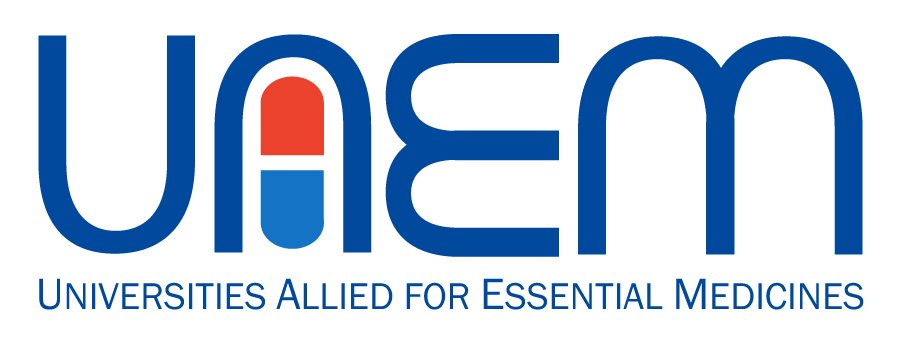Global Access Licensing Framework
As of 2021, UAEM has moved to use our Equitable Technology Access Framework as our core guiding document for licensing language, the Global Access Licensing Framework is presented here as a reference to our past standards.
Every university-developed technology with potential for further development into a drug, vaccine, or medical diagnostic should be licensed with a concrete and transparent strategy to make affordable versions available in resource-limited countries for medical care. Licenses are complex and each will be unique. Universities should therefore implement Global Access Policies that adhere to the following six principles:
Goals
Access to medicines and health-related technologies for all is the primary purpose of technology transfer of health-related innovations. This includes protecting access to the final end product needed by patients (e.g. formulated pills or vaccines).
Technology transfer should preserve future innovation by ensuring that intellectual property does not act as a barrier to further research.
Generic competition is the most efficient method of facilitating affordable access to medicines in resource-limited countries. Legal barriers to generic production of these products for use in resource-limited countries should therefore be removed. In the cases of biologic compounds or other drugs where generic provision is forecast to be technically or economically infeasible, “at-cost” or other provisioning requirements should be used as a supplement to generic provisioning terms but should never replace those terms.
Proactive licensing provisions are essential to ensure that follow-on patents and data exclusivity cannot be used to block generic production. Other barriers may need to be addressed for the licensing of biologics.
University technology transfer programs should facilitate future innovation by patenting only when truly necessary to promote commercialization, utilizing non-exclusive licensing, creating streamlined processes for materials transfer, and reserving broad rights to use licensed technology in future research.
A global access licensing policy should be systematic in its approach, sufficiently transparent to verify its effectiveness, and based on explicit metrics that measure the success of technology transfer by its impact on access and continued innovation.
NOTE: For more detailed background and citations explaining these principles, please download the full PDF version of the Global Access Licensing Framework.
